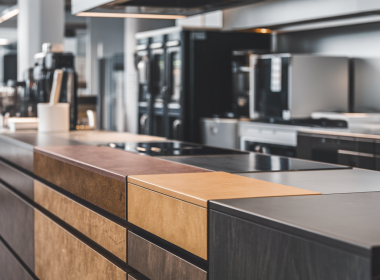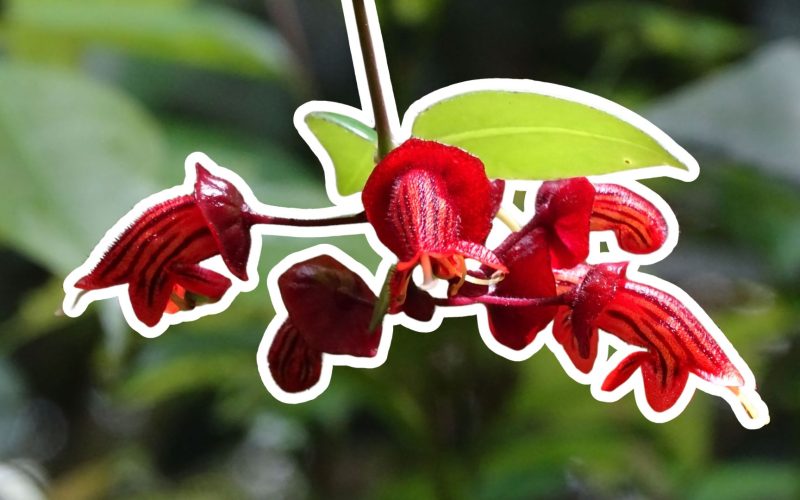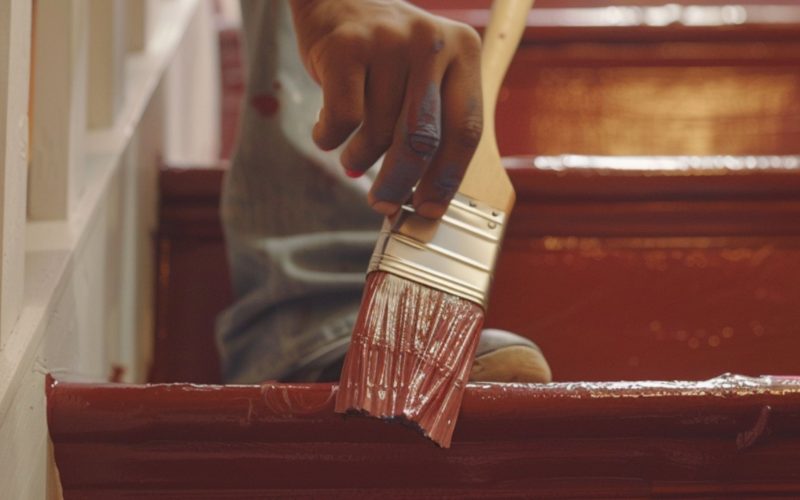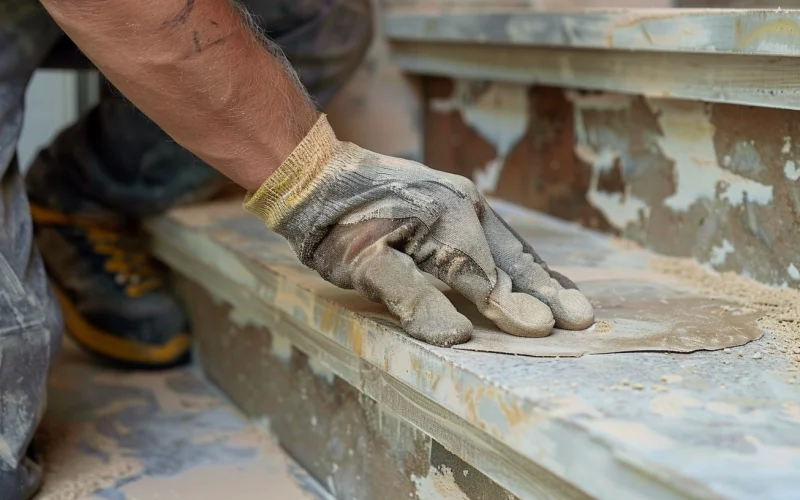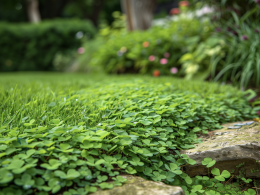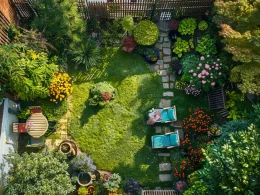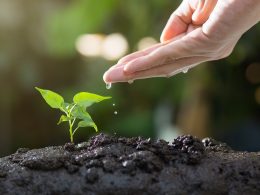Let’s explore the world of lipstick plants. These eye-catching houseplants can be tricky to grow, but their unique flowers and lush foliage make them worthwhile.
Many plant lovers are unsure how to keep these tropical beauties happy and thriving. Don’t worry – with the right know-how, anyone can grow healthy lipstick plants that will bloom year after year.
This post will walk you through everything you need about lipstick plants. We’ll cover their origins and characteristics, explore some popular species, and review essential care tips for watering, soil, and more.
By the end, you’ll have all the tools to grow these stunning plants in your home.
Lipstick Plant Origin

Lipstick plants come from the lush rainforests of Southeast Asia. In their natural habitat, these plants grow as epiphytes, which means they cling to other trees but don’t harm them. They’re not parasites – they use the trees for support.
These plants can form long vines, sometimes up to 3 meters long. They’re often called “trailing plants” or “basket plants.” The nickname “lipstick plant” comes from their unique flowers. The bright red blooms pop out of dark tubes, like lipstick coming out of its case.
Lipstick plants belong to the family Gesneriaceae. There are about 185 different types of lipstick plants. Each one has its own special look, but they all love warm, humid places.
In the wild, these plants bloom from June to September. Their flowers can be red, yellow, or orange, adding splashes of color to the green rainforest. The thick, pointed oval leaves form a lush green curtain that looks great in hanging baskets.
| Scientific Name | Aeschynanthus |
| Origin | Southeast Asian rainforests |
| Light | Bright, indirect light |
| Temperature | Above 20°C (68°F) |
| Watering | Keep soil moist, not waterlogged |
| Humidity | High; mist or use a pebble tray |
| Soil | Loose, slightly acidic (like orchid mix) |
| Fertilizer | Liquid houseplant food every 2 weeks (March-August) |
| Pruning | Minimal; trim long or bare stems in spring |
| Propagation | Stem cuttings |
| Toxicity | Mildly toxic |
| Flowering | Bright red, yellow, or orange flowers (June-September) |
Basic Care Guidelines

Lipstick plants love warm and moist spaces. They need temps above 20°C to thrive. A bright bathroom often works well for them. Avoid putting them in direct sunlight, though. A spot with lots of indirect light is best.
1. Watering
These plants like to stay damp but not soaked. Water them often, but only a little at a time. If possible, use warm water and water low in lime.
Put the plant on a tray filled with pebbles and water to boost humidity. As the water dries up, the air around the plant becomes humid.
2. Soil and Repotting
Lipstick plants do best in loose, slightly acidic soil. Think orchid mix, but you can make your own, too. Mix equal parts of all-purpose compost, clay pellets, and pine bark.
It’s best to repot in fall or spring. These plants can be fussy about moving, so try not to do it too often.
3. Light and Temperature
Lipstick plants like it bright, but not too bright. Keep them near a window with a sheer curtain. This gives them plenty of light without burning their leaves.
These plants can be picky about temperature changes. They might drop their leaves if the room temperature gets too cold or hot too fast. Try to keep the room temperature steady, ideally above 20°C.
4. Pruning and Fertilizing
You don’t need to prune lipstick plants much, but if they get too long or bare, trim some stems back in spring. Use clean, sharp scissors and cut about a third down the stem.
For feeding, use a liquid houseplant food every two weeks from March to August. This helps keep the plant growing well and looking lush. During winter, cut back on feeding to let the plant rest.
Common Issues and Solutions
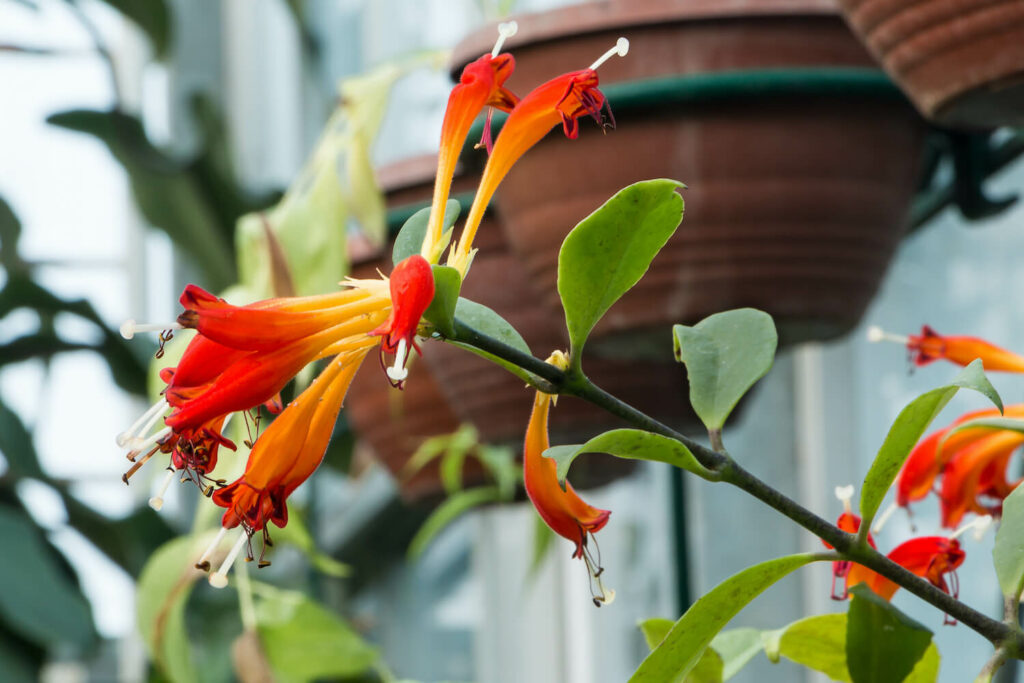
Sometimes, lipstick plants can be a bit tricky. If a plant starts dropping leaves, don’t panic! There are a few reasons this might happen.
- It could be due to changes in temperature or moisture. Maybe the spot is too dark. Or it might not like being moved around too much.
- Low humidity can also make leaves fall off. If the home is dry, try misting the plant with warm water. You can also put it on a tray with pebbles and water. This helps make the air around it more humid.
- If you think the soil might be the issue, check that it’s draining well. Soggy soil can lead to root rot, which isn’t good for plants. Mix some bark or clay pellets to help with drainage if you need to adjust the soil.
- Remember, these plants are like bright spots but not direct sunlight. If yours looks sad, move it to a more colorful place, but keep it out of harsh sunlight.
Propagation Methods for Lipstick Plants

Growing new lipstick plants is pretty easy. It can be done with cuttings. Here’s how:
- First, prepare some small pots with loose, low-nutrient soil. Then, cut a piece of the plant about 10 to 15 cm long. Make sure to cut just below where a leaf meets the stem.
- Next, remove the lower leaves and plant the cutting about 5 cm deep in the soil. Usually, three cuttings in each pot work well. After watering the soil well, cover the pot with a clear plastic bag. This keeps the air around the cuttings nice and moist.
- Put the pot somewhere warm and bright, but not in direct sun—the cuttings like it around 23°C. Keep the soil a bit damp, but do not soak it wet.
- Remove the plastic bag daily to let fresh air in and prevent mold from growing. When new shoots start growing, it usually means roots have formed, too. That’s when it’s time to move the new plants to their pots.
- Remember, patience is key when growing new plants. With a little care, you’ll soon have a whole family of lipstick plants!
Different Pests and Diseases Affecting the Plant
Like many houseplants, lipstick plants can sometimes face pests and diseases. Here are some common problems to watch out for:
- Mealybugs: Mealybugs are tiny white insects that can infest lipstick plants. They look like small cotton balls on the leaves and stems. To get rid of them, wipe the plant with a cotton swab dipped in rubbing alcohol.
- Spider Mites: They can also be a problem. These tiny pests leave fine webbing on the plant. Regular misting can help prevent them, as they prefer dry conditions.
- Root Rot: It is a common disease caused by overwatering. The plant’s leaves may turn yellow and fall off. To prevent this, ensure the pot has good drainage and avoid letting the plant sit in water.
- Leaf Spot: This disease can occur in humid conditions. These show up as brown or black spots on the leaves. Remove affected leaves and improve air circulation around the plant.
Advanced Tips
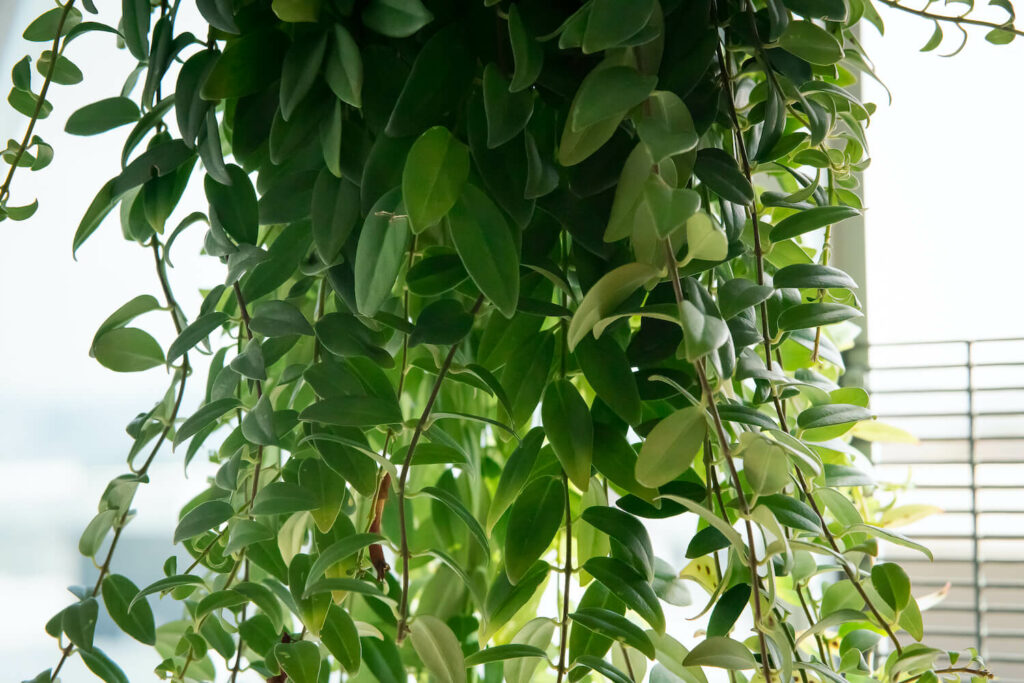
When winter comes, there are two ways to care for a lipstick plant. You can keep it warm and bright all year or rest in a cooler spot.
The plant can stay there year-round if a sunny, warm place is available. But if not, don’t worry. For winter, it can be moved to a cooler spot, around 16°C. In this cooler spot, water it less often.
The cooler method often produces more flowers the next year. If there is no greenhouse, this cooler method might work better.
Safety Considerations to Explore
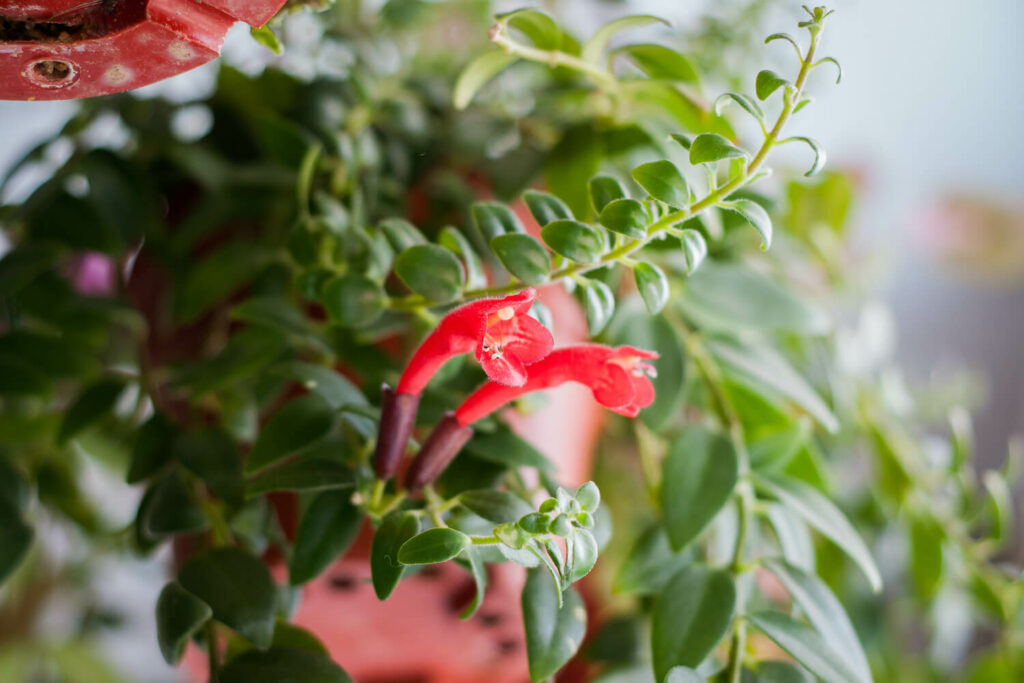
Lipstick plants are only mildly toxic. They might upset the stomach if eaten, but they’re not highly dangerous. They’re also pretty safe for cats.
But it’s always better to be careful. Lipstick plants should be kept out of the reach of kids and pets. If there are curious little ones or furry friends at home, hanging the plant up high or putting it on a tall shelf might be best.
Remember, while these plants are lovely to look at, they’re not meant for eating. If you have any concerns, it’s best to call a doctor or vet for advice.
Conclusion
Let’s wrap up our chat about lipstick plants. These unique plants can add a splash of color to your home with their tube-like flowers.
While they need special care, it’s not too hard once you get the hang of it. Remember to keep them warm, give them bright but indirect light, and keep the soil damp but not soaked.
If you’re feeling adventurous, try growing new plants from cuttings. It’s a fun way to expand your collection.
Whether you’re a seasoned plant parent or just starting, lipstick plants can be a rewarding addition to your indoor garden.
Why not give one a try? Your home might thank you for it!
Frequently Asked Questions
How Do You Keep Lipstick Plants Healthy?
Keep lipstick plants in warm, humid spots with bright indirect light. Water regularly, but don’t soak the soil. Use well-draining potting mix and fertilize during the growing season. Maintain consistent care for best results.
Should I Deadhead My Lipstick Plant?
Deadheading isn’t necessary for lipstick plants. Their flowers naturally fall off when spent. However, you can remove faded blooms to keep the plant looking tidy.
How Do I Make My Lipstick Plant Fuller?
Prune your lipstick plant in spring to encourage bushier growth. Cut back long, bare stems by about one-third. Provide adequate light and regular fertilization during the growing season to promote fuller growth.
Do Lipstick Plants Like to Be Rootbound?
Lipstick plants don’t mind being slightly rootbound, but don’t let it go too far. Repot every 2-3 years or when roots start coming from drainage holes. Use a pot just one size larger.



